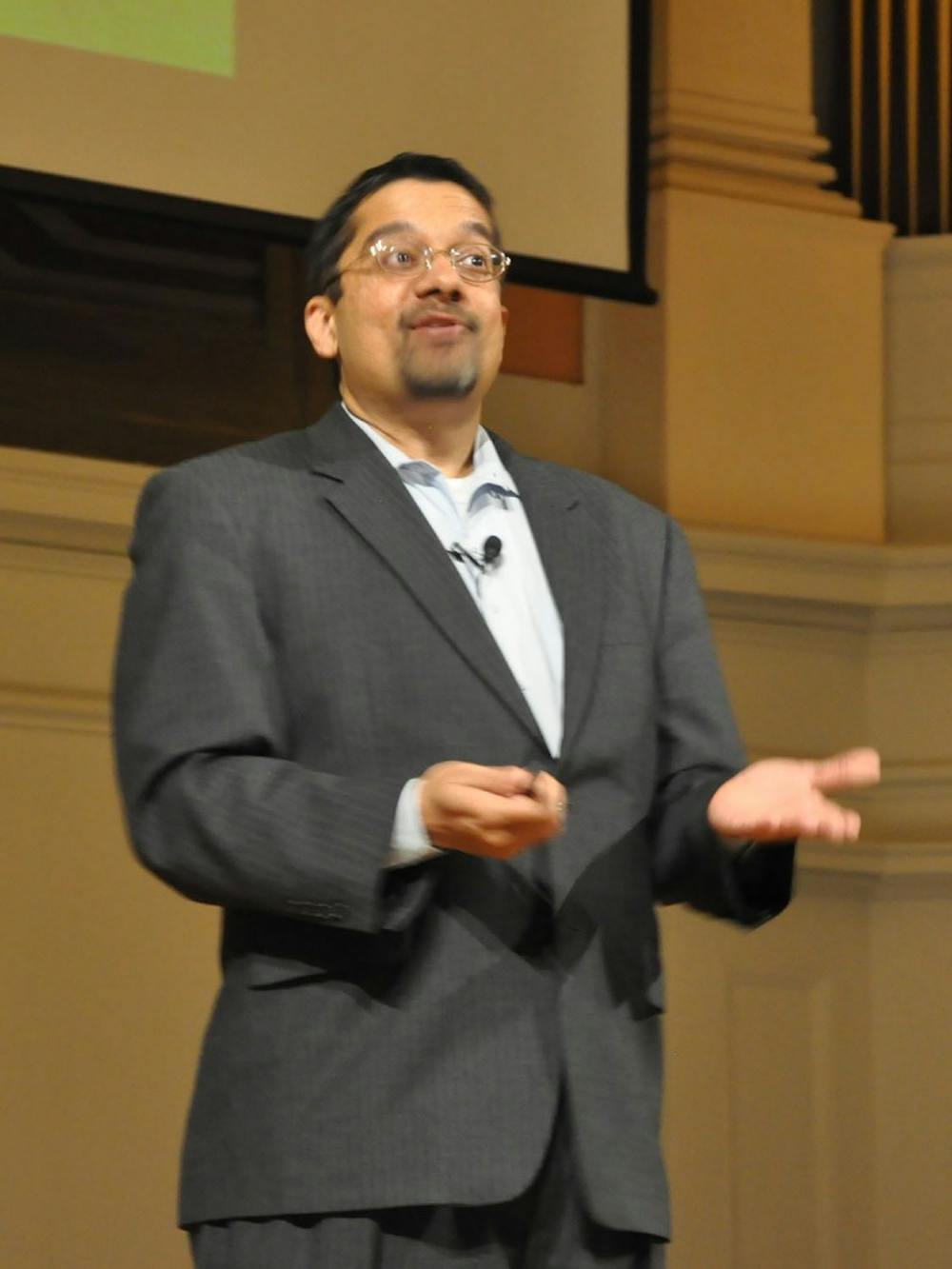The University’s decision to implement an implicit bias module for all incoming first-year students presents an opportunity for increased conversation surrounding challenging and often taboo topics. The module provides students with informational videos and tutorials about implicit bias. It does not require students to partake in the Implicit Association Test, or IAT, but provides the opportunity to do so at the conclusion of the module for those students who wish to further understand their own implicit biases. Opinion columnist Thomas Ferguson argues that the IAT, which many studies have shown to be flawed, is not a good allocation of the University’s time and resources — and instead, we should focus on bias-reducing initiatives and programing. While the IAT might not be perfect, it is an optional resource at the conclusion of the larger implicit bias module which serves as an important tool in beginning these critical and often challenging conversations surrounding our biases.
In his column, Ferguson argues for increased “organic interactions” in order to recognize and reduce implicit biases. But how can these interactions truly be organic, if students have no mechanism to recognize their own biases? As Dean of Students Allen Groves said in an interview with The Cavalier Daily, “it’s hard to walk up to somebody else and say ‘Hey, let’s talk about race, let’s talk about bias’ — but this allows you to say ‘Hey, you took the module, what’d you think of that?’ and then you have a much easier conversation to confront those difficult issues.” The implicit bias module is just that — a facilitator of larger conversations. These conversations should include talks with Residential Advisors, classroom conversations and University-wide initiatives similar to the Engineering School’s “Excellence Through Diversity Distinguished Learning Series” as encouraged by Ferguson. But, these conversations are only productive if students possess a baseline understanding of implicit bias that can be attained through completion of the implicit bias module.
Students can gain a more individualized understanding of implicit bias by completing the IAT at the conclusion of the required module. Ferguson rails against this test, claiming that the University should not be throwing its resources behind an imperfect predictor of actual bias. While many studies question the effectiveness of the IAT, it is nevertheless an important facilitator of conversation. Last week, NPR host Shankar Vedantam spoke on the importance of recognizing implicit bias as part of the Engineering School’s “Excellence Through Diversity Distinguished Learning Series.” Vedantam encouraged the audience to think about implicit biases as disabilities. In order to find solutions to these disabilities, students must first recognize what their disabilities are. This recognition process is exactly what the University seeks to enable with the implementation of the implicit bias module and the optional competition of the IAT. Solutions cannot be formed if the disability is not first identified.
The University is not alone in the fight to recognize and reduce implicit bias. In June 2016, the Department of Justice implemented a program to “train all of its law enforcement agents and prosecutors to recognize and address implicit bias as part of its regular training curricula.” Similarly, the American Bar Association implemented the Implicit Bias Initiative in order to educate attorneys, judges and citizens alike on the impact of implicit biases in the legal system. On their website, the ABA provides a link to the IAT while also citing the limitations and diverse interpretations of the test. This allows individuals to make an informed decision on whether or not to take the test, and how to accurately interpret the results if they choose to complete it. The University should adopt a similar disclaimer when providing students the link to take the optional IAT at the conclusion of the implicit bias module.
The implicit bias module and larger conversations which promote diversity, inclusion and a countering of bias are not mutually exclusive as Ferguson implies. The implicit bias module should work in conjunction with speaker series, classroom dialogue, Residential Advisor conversations and University-wide initiatives in order to more comprehensively reduce implicit bias among University students. Furthermore, it is imperative that the IAT remains as an optional part of the module for those students who wish to further understand their individual biases — this understanding should be paired with additional resources citing the controversies surrounding the test in order to provide context for more curious students.
Mary Alice Kukoski is an Opinion columnist for The Cavalier Daily. She may be reached at opinion@cavalierdaily.com.







